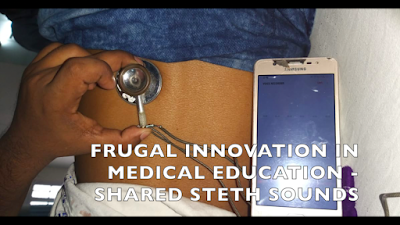Obstructive Sleep Apnea
Available solutions-
https://onlinelibrary.wiley.com/doi/full/10.1111/imj.13606
Possible low cost idea-
*alarm for family members if any awake to change patient posture
And/or
*restrict the sleep posture in better suitable
And/or
*make it as a biofeedback device able to bring required postural change in patient. If any such device/system then please inform me at avi33tbtt@gmail.com
Raising pillow on 1 side, the lateral posture (which probably helps to minimize the effect of inner obstruction). central sleep apnea is still a risk but good that its mostly for short duration in rem cycle and not whole night also it happens in normal people and mostly it may not be affecting enough to cause severe hypoxemia.
https://www.atsjournals.org/doi/abs/10.1164/ajrccm.155.1.9001312
In many (obese) patient abdominal compression is highly aggrevating the problems
"Conclusions:
Abdominal compression negatively impacts on UA collapsibility during sleep and this effect may help explain strong associations between central obesity and obstructive sleep apnea."
https://www.ncbi.nlm.nih.gov/pmc/articles/PMC2786041/
Engineering challenge - reliable biofeedback system for sleeping person (non rem) to change posture early when hypoxemia due to abdominal compression is identified.
Experiment with patient's consent and under treating doctor's guidance and also partnering with patient explaining him what to be done, how to be done, how world can benefit from study possibly.
Details of experiment -> I connected a big pulse-oxymeter device to patient every night for 1 week, he went to sleep and I sat beside him from 9pm to 6am (and also doing some chit chat learning and teaching each other various things, and also had to adjust the device many times in night). I used to continuously look into the device screen without break for whole night to observe patient for understanding the patterns in oxygen saturation variation with sleep apnea attack/episodes. everyday then i used to work in hospital and discuss findings with professor. I have found that its possible to reduce the cost and increase the quality of sleep apnea monitoring, plan better behavioural and lifestyle intervention and hence bring better life to the patient.
Need to do more research on it.































